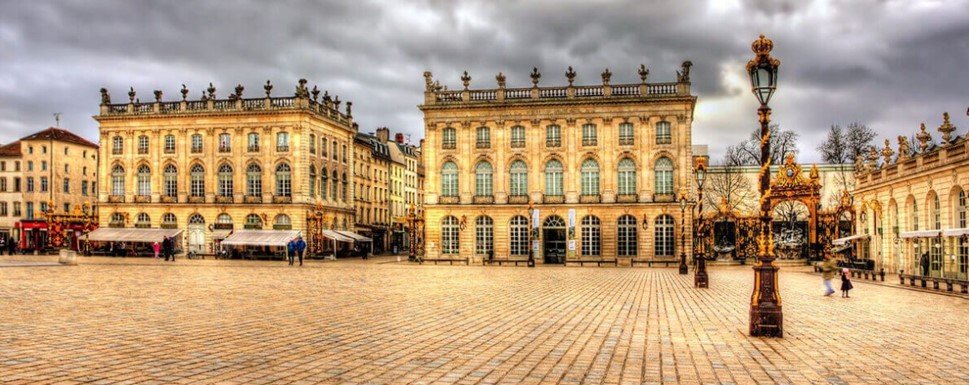About
Nancy is the prefecture of the northeastern French department of Meurthe-et-Moselle . It was the capital of the Duchy of Lorraine which was annexed by France under King Louis XV in 1766 and replaced by a province with Nancy maintained as capital. Following its rise to prominence in the Age of Enlightenment , it was nicknamed the "capital of Eastern France" in the late 19th century. The metropolitan area of Nancy had a population of 511,257 inhabitants at the 2018 census, making it the 16th-largest urban area in France and Lorraine 's largest. The population of the city of Nancy proper is 104,885.
The motto of the city is Non inultus premor, Latin for '"I am not injured unavenged"' - a reference to the thistle, which is a symbol of Lorraine . Place Stanislas , a large square built between 1752 and 1756 by architect Emmanuel Héré under the direction of Stanislaus I of Poland to link the medieval old town of Nancy and the new city built under Charles III, Duke of Lorraine in the 17th century, is a UNESCO World Heritage Site , the first square in France to be given this distinction. The city also has many buildings listed as historical monuments and is one of the European centres of Art Nouveau thanks to the École de Nancy . Nancy is also a large university city; with the Centre Hospitalier Régional Universitaire de Brabois, the conurbation is home to one of the main health centres in Europe, renowned for its innovations in surgical robotics.
[source: Wikipedia]

